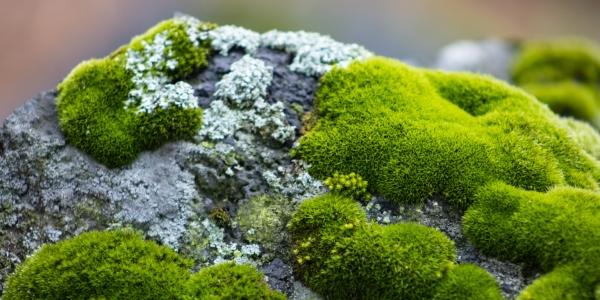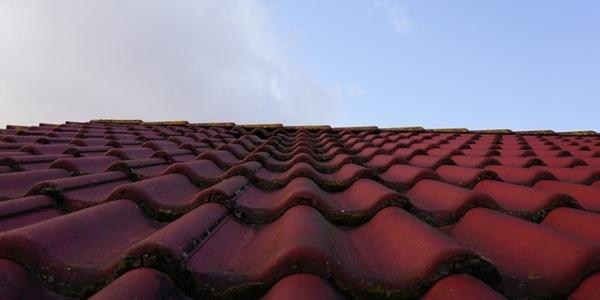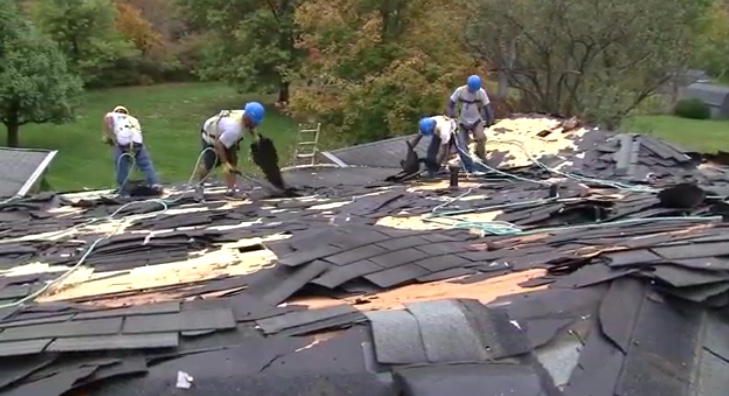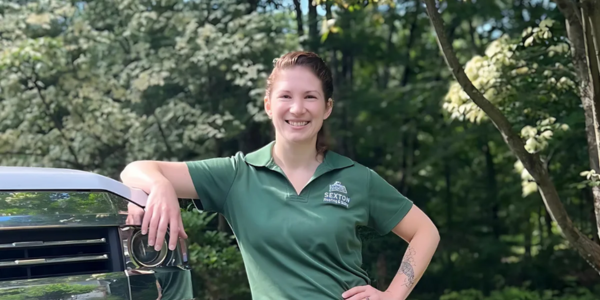The Dangers of Moss – How and Why it Should be Removed From Roofs

By Guardian Roofing & Gutters.
Although moss seems harmless enough, it can actually be quite detrimental to roofing over time. Here’s a guide on how moss can easily be treated and removed.
Moss is a common type of vegetation found outside in humid and wet climates, and while it may seem harmless, moss can actually do quite a bit of damage to structures if left unchecked. When it comes to homes and buildings, it is important to check for any growths that could potentially cause problems down the road, even if they seem harmless enough right now. The Washington-based team from Guardian Roofing & Gutters knows all about the dangers damp weather brings for moss growth and explains what exactly moss is, what it does to a roof and how to remove and prevent it.
Keeping a home free of moss is essential in the damp weather
While beautiful, green moss makes our forests beautiful, it’s not good for your roof. Most people are unaware of how destructive the plants can be to their roof. Since moss thrives in damp environments, areas of the roof that get the least amount of direct sunlight, like north-facing sections or areas shaded by tree limbs, make an ideal place for moss and algae to grow. Once moss establishes itself, it absorbs rainwater like a sponge and can spread across the entire roof and grow a few inches thick. If your roof is not kept clean and well-maintained, roof moss and algae can shave years off the life of your roof.
What is moss and where does it come from?
Algae is the black staining that you see on roofs. Moss, the green fluffy stuff you see on the roof, feeds on the algae. And when you add tree debris, like needles and leaves, then these moisture issues can be compounded. Not only do moss and algae look bad, but they are also very destructive. Moss is a non-vascular plant that absorbs water through its leaves instead of roots. Its seeds, called spores, are tiny one-celled reproductive units that become air-borne and make their way onto roofs through wind, birds, squirrels and other small animals.
Once the spores get on the roof, they gather in the spaces between shingles and grow into thick spongy moss. The tiny moss roots dig into your roof and the roof granule surfacing is compromised. This makes the roof vulnerable to ultraviolet light degradation. This damage shortens the life of your roof. And when moss creeps under the roofing material, it breaks the seal which makes your roof even more vulnerable to damage.
When the moss has crept underneath your shingles, tiles and slates, wind can uproot them causing holes and damaged shingles. This uprooting can lead to leaks and your roof’s structural degeneration.
Treating algae and moss growth
There are some common methods to treat areas that have algae and moss, but they aren’t very effective. One is to use a zinc strip. Zinc does kill moss, but typically only for a few feet down the roof and only for a limited time. You also have to nail through the roof to install the zinc strip, which further damages your roof. Another treatment is to use a zinc or chlorine-based detergent on the roof. These are corrosive chemicals that are bad for the environment and don’t prevent the algae and moss from regrowing. Pressure washing also damages or even destroys the roof.
So, we’ve developed the Guardian Solution. We start with a professional consultation and diagnosis. Then we use our gentle process to remove the big moss and debris from your roof, which exposes the algae. We then apply our environmentally safe algae loosening solution and gently rinse away the leftover debris leaving a clean and safe roof. Our process works for asphalt composite, concrete tile and wood shake. And of course, it does make a big mess while the job is being done, but don’t fret, our professional technicians thoroughly clean up before they leave.
To protect a homeowner or business owner’s investment, the National Roofing Contractors Association recommends that your roof be extensively inspected at least once a year — if conducted correctly an inspection and regular maintenance program will not only add years to the life of the roof, but it will detect minor problems before the damage is widespread and costly.
Guardian Roofing recommends that your roof be inspected at least once a year. Doing this, and investing in a regular maintenance program, can prolong the life of your roof, give you peace of mind and prevent damage to your home.
Have a question? AskARoofer.
Find your local roofing contractor in the RoofersCoffeeShop® Contractor Directory.
Original article source: Guardian Roofing & Gutters













Comments
Leave a Reply
Have an account? Login to leave a comment!
Sign In